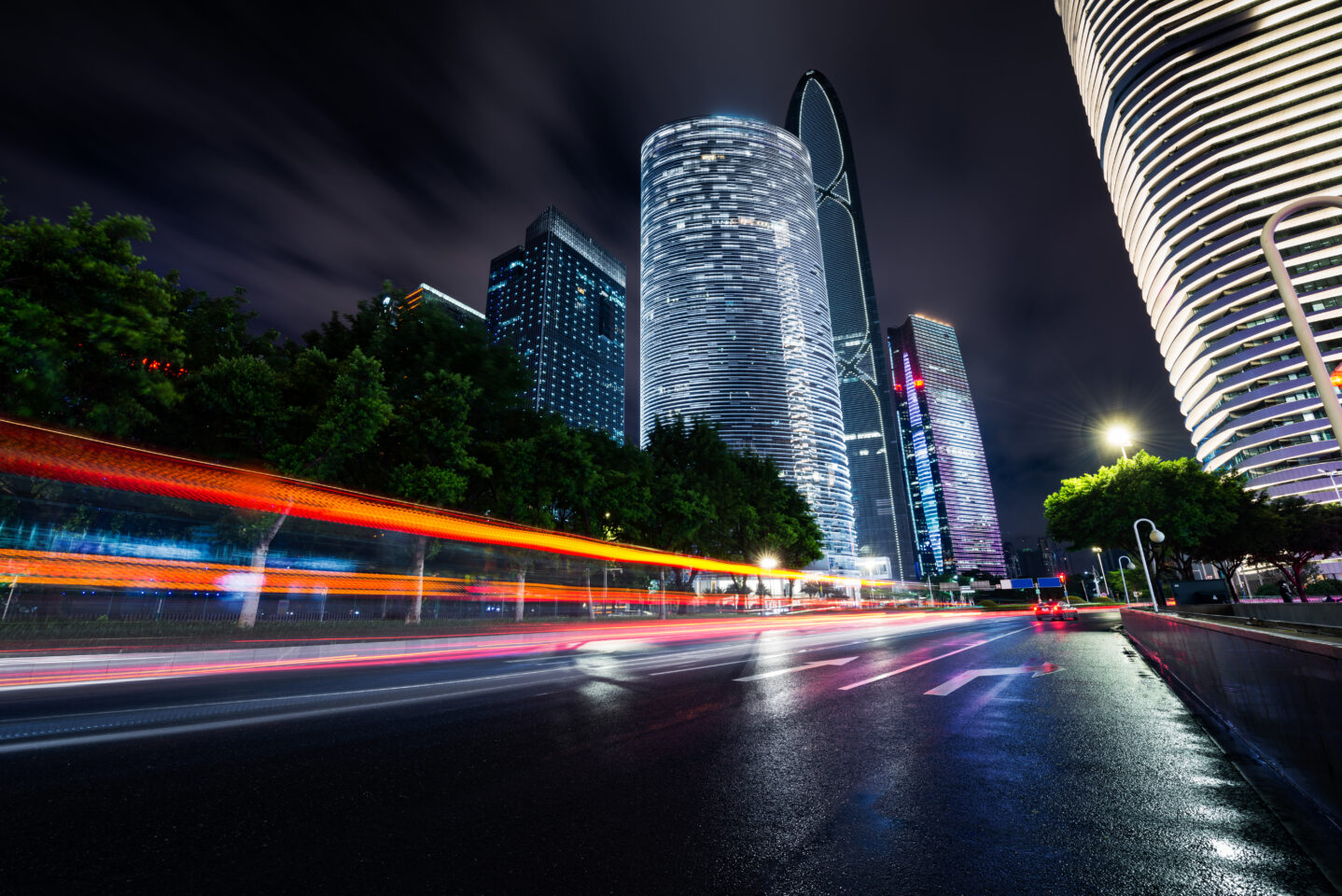
- Recommended for these people
- ・Those who want to take impressive photos using light trails
・Those who want to broaden their range of expression
・Those who are not yet familiar with how to use a camera
Many people say, "I tried to photograph light trails, but I couldn't get a good result."
However, by following certain tips, you can easily take beautiful photos.
So today, we'll explain in an easy-to-understand way how even beginners can photograph light trails!
This page contains advertisements.
Increase the exposure time to capture beautiful light trails
The key to capturing the flowing light trails of taillights in your photo is to use a long exposure time (shutter speed).
The longer the shutter is open, the more lines of light will be captured in the photo as the car moves, resulting in a dreamlike photo.

Car taillight light trail
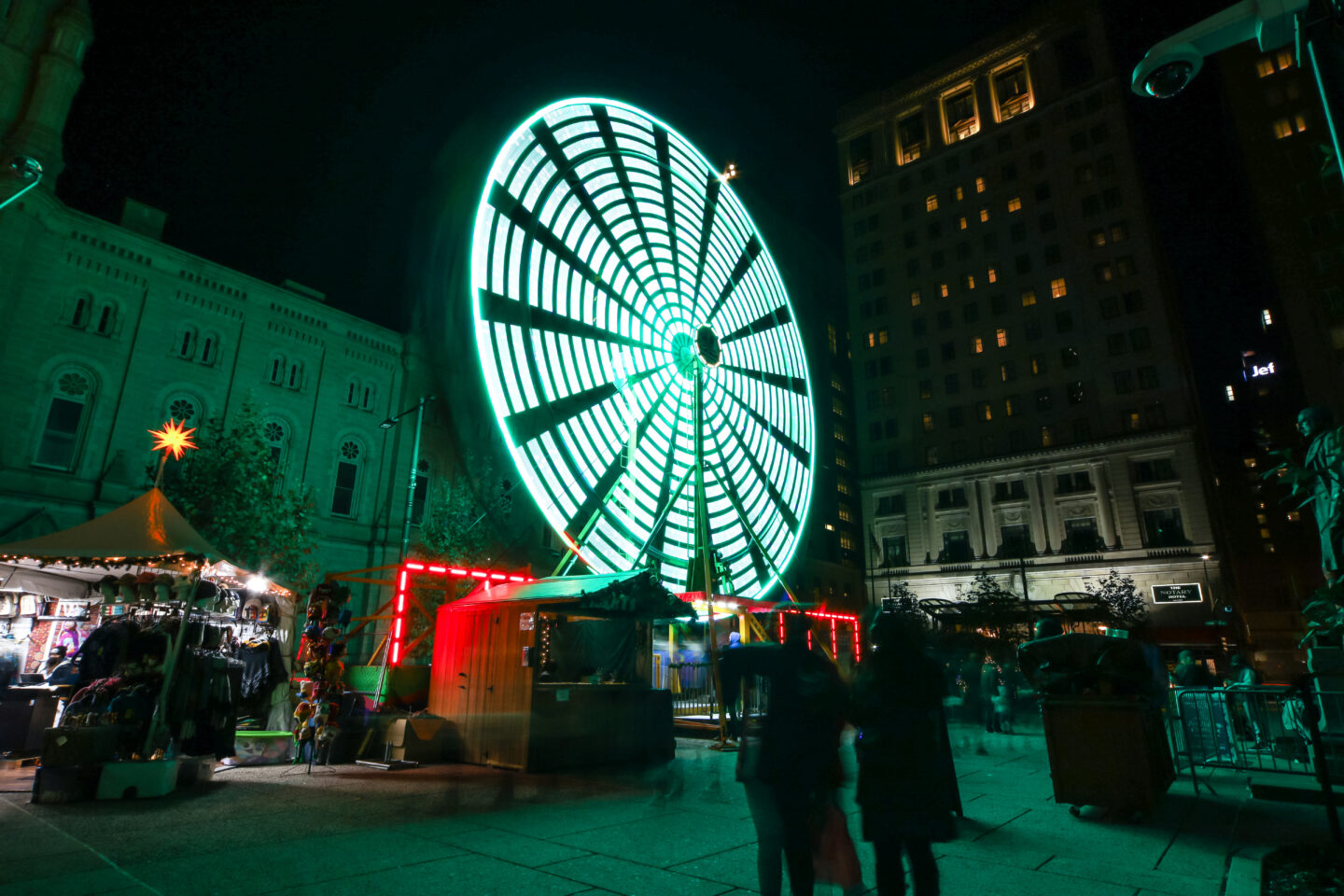
Ferris wheel light trail
use a tripod
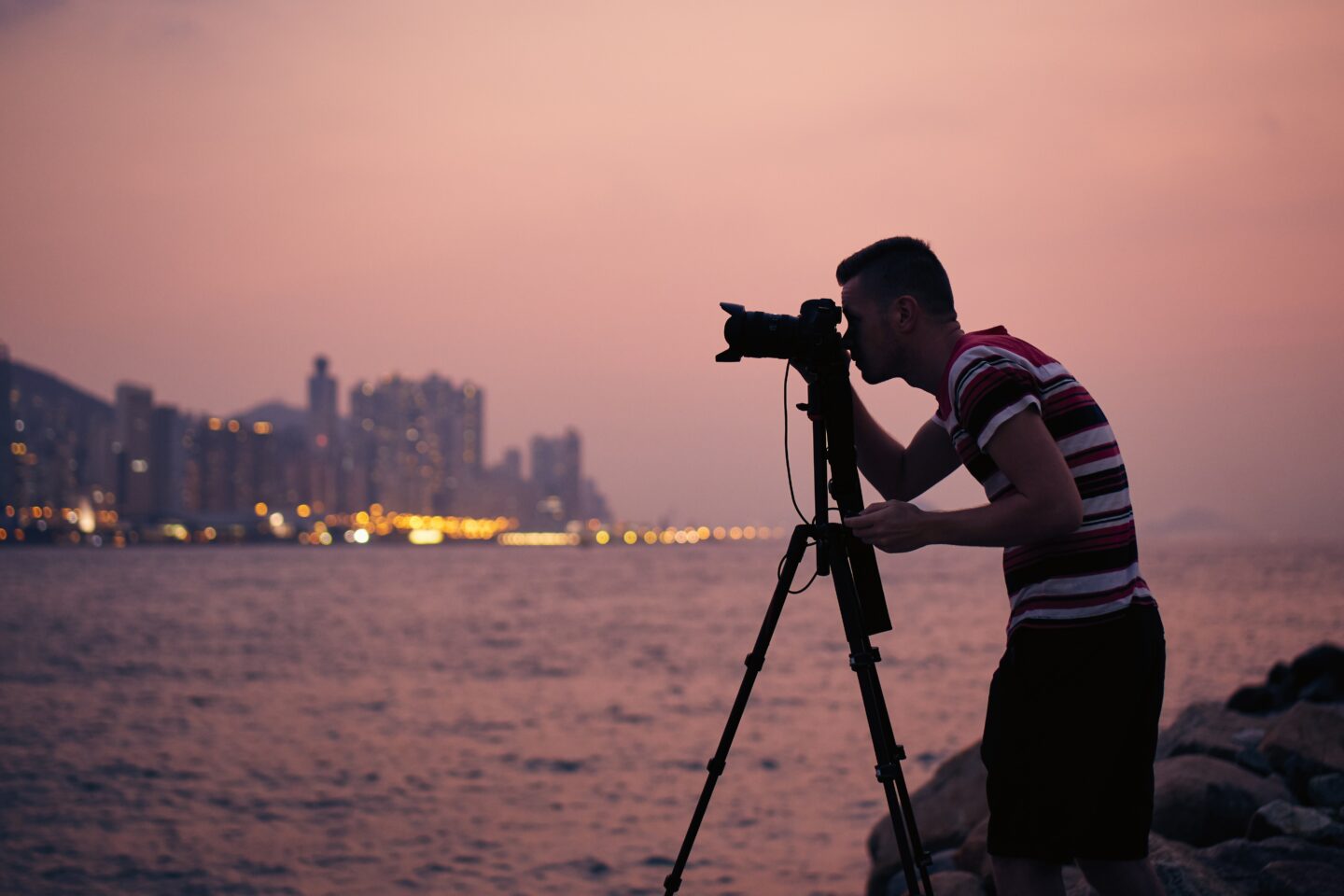
To capture beautiful light trails, you need to use a technique called "long exposure," which involves opening the shutter for several seconds or more. If the camera moves even a little during that time, the stars will appear blurred and line-like, ruining your precious photo.
That's when a tripod comes in handy.
It holds the camera firmly in place, allowing you to take clear, blur-free photos of light trails.
Tripods are easy to buy on for just a few thousand yen. Even beginners can easily get their hands on one, and there are many lightweight, compact models that are easy to carry around.
Set to M mode
To capture light trails such as taillights, the best mode is M (Manual) mode, which allows you to fine-tune the settings yourself.
By switching to M mode, you can freely set the shutter speed, F-stop, and ISO sensitivity, allowing you to take the best shots for the scene.
STEP.1
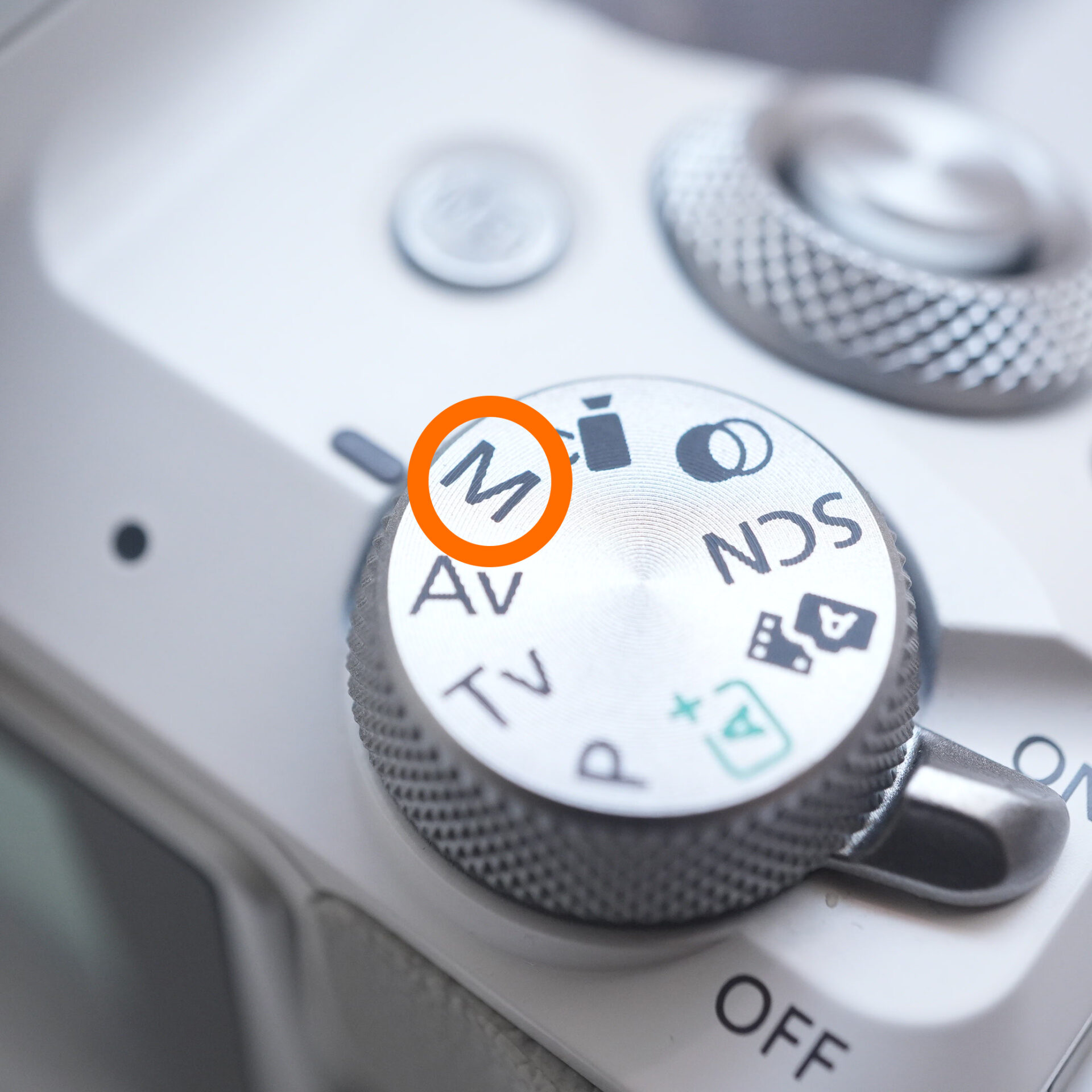 |
| Set the dial to M. |
Set the shutter speed to 10 seconds
To beautifully capture light trails, such as those caused by taillights, it's important to set a long shutter speed.
First, try setting it to 10 seconds.
This allows you to capture the stretching light as the car moves, creating a dramatic effect in your photo.
We recommend fine-tuning the shutter speed by making it longer or shorter depending on the volume of traffic and the intensity of the light.
- Point
- ・If you want more light trails → Slow down the shutter speed (lower the number)
・If you want fewer light trails → Faster the shutter speed (faster the number)
STEP.1
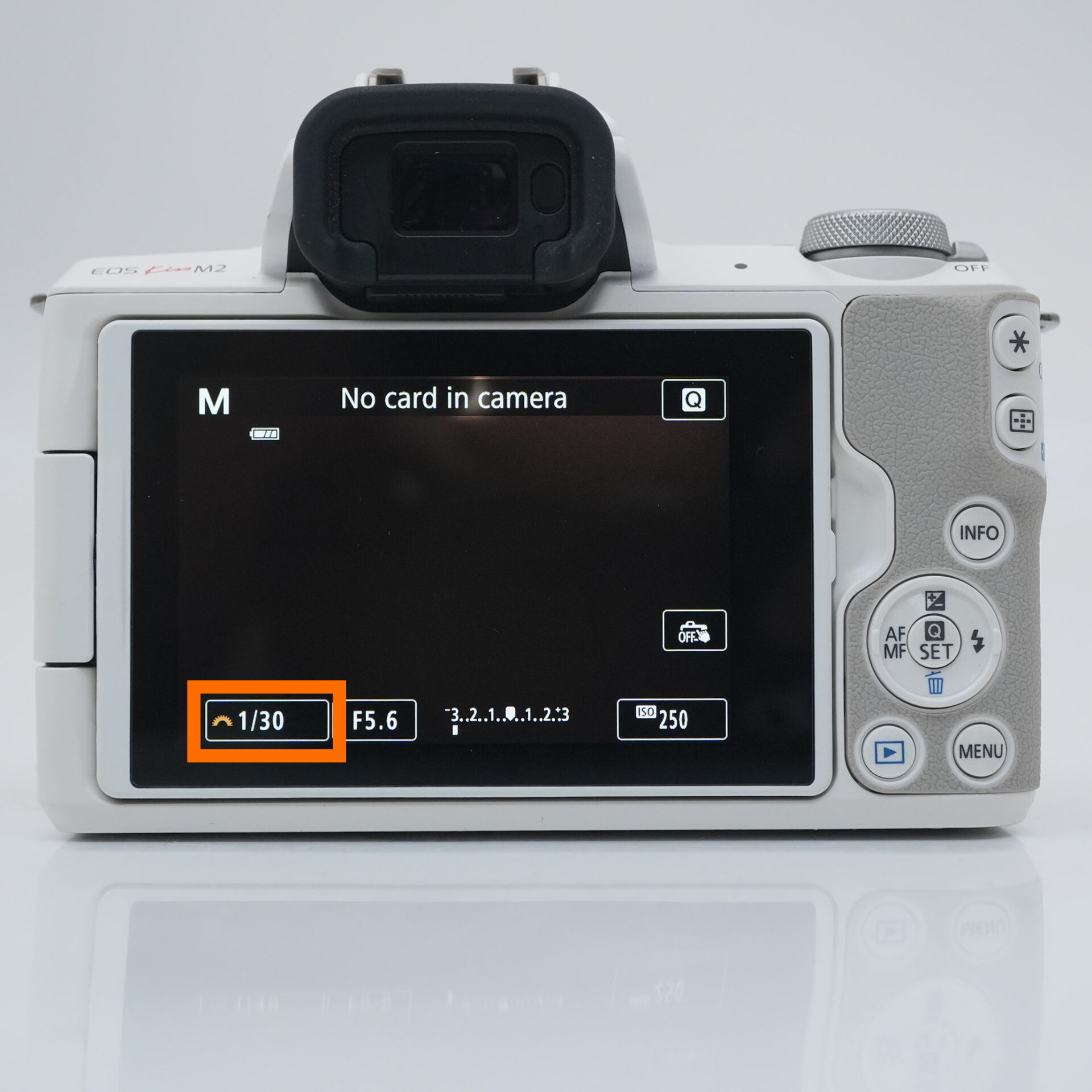 |
| Tap SS |
STEP.2
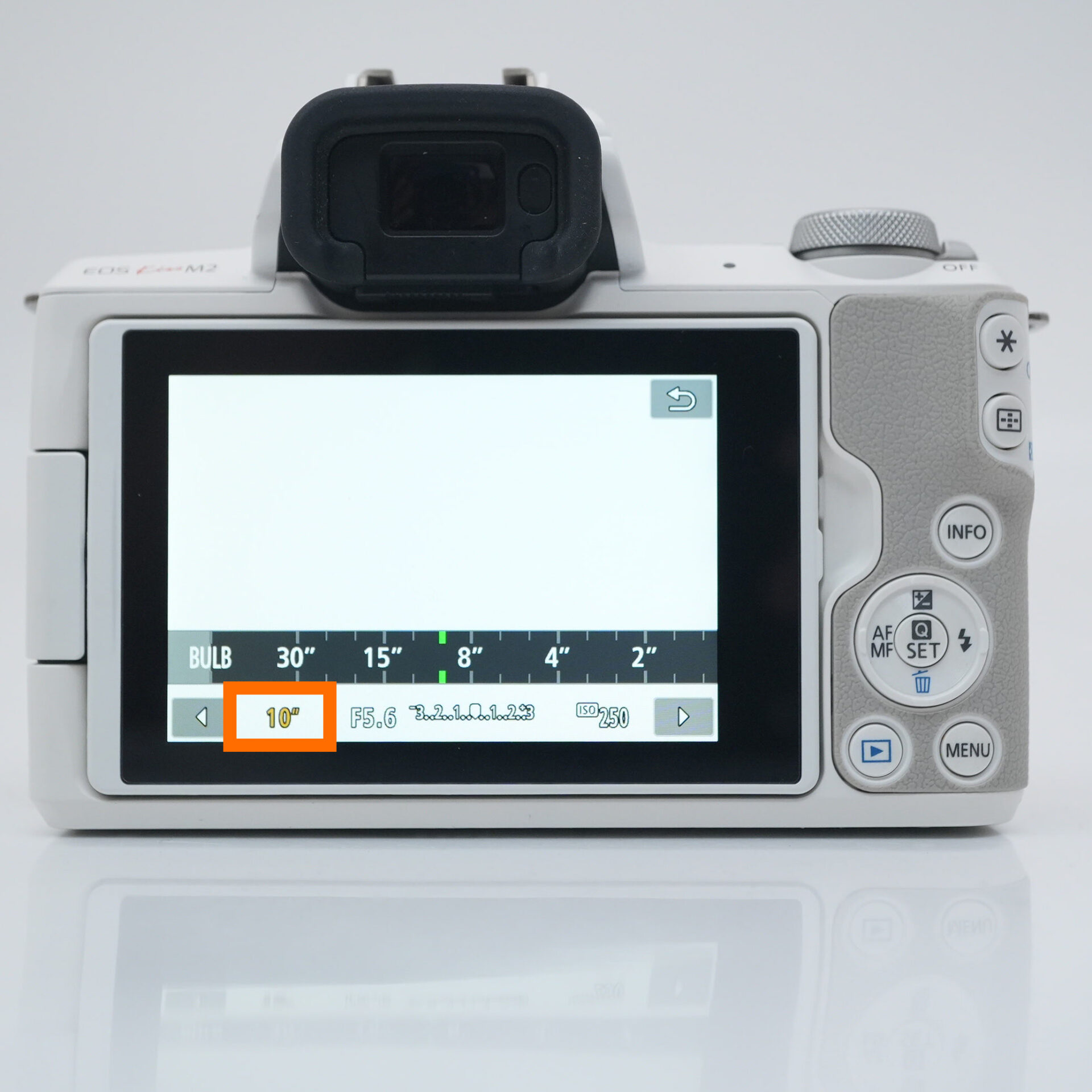 |
| Set SS to 10 seconds |
Set F-stop to 10
When photographing light trails, the key to achieving beautiful results is to ensure that everything from the background to the foreground is in focus.
To do this, we recommend setting the f-stop to f10.
A modest aperture will allow you to take sharp photos with the entire image in focus.
If the subject is bright, increase the F-number to darken it.
However, if the F-number is too high, a phenomenon called "diffraction" can occur, making the photo appear slightly blurry.
For this reason, we recommend an F-number of around 12.
If it's still too bright, you can make it darker by slightly increasing the shutter speed to shorten the time the light is captured.
It can be difficult to get the balance right at first, but adjust it to find the best setting.
STEP.1
 |
| Tap F value |
STEP.2
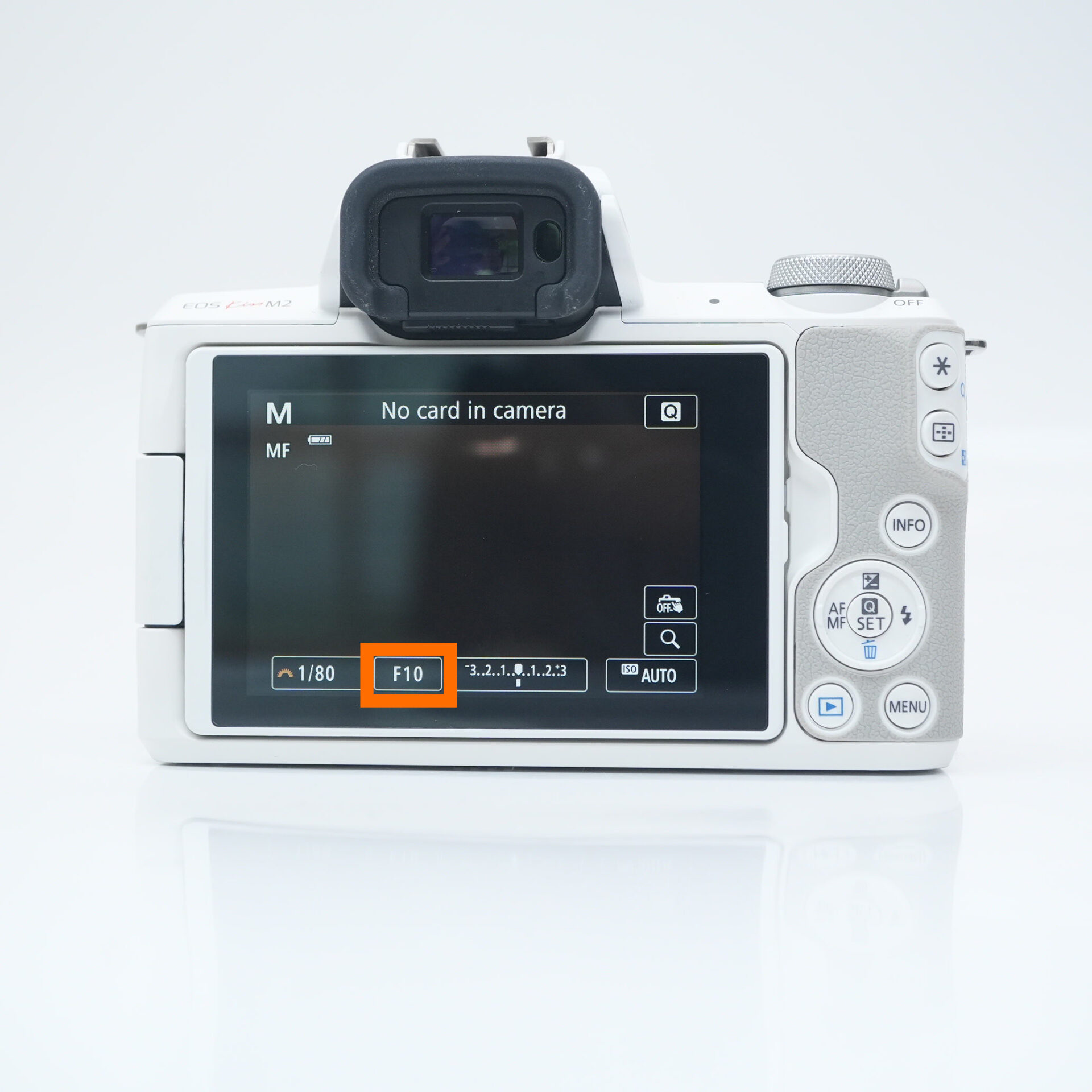 |
| Set F value to 10 |
Set iso to 100
When photographing taillights, it's recommended to set the ISO as low as possible to capture enough light by setting a long shutter speed.
First, try setting the ISO sensitivity to "100." This will result in a sharp, beautiful photo with less noise.
If it's too dark, increase the ISO to make it brighter.
STEP.1
 |
| Tap iso |
STEP.2
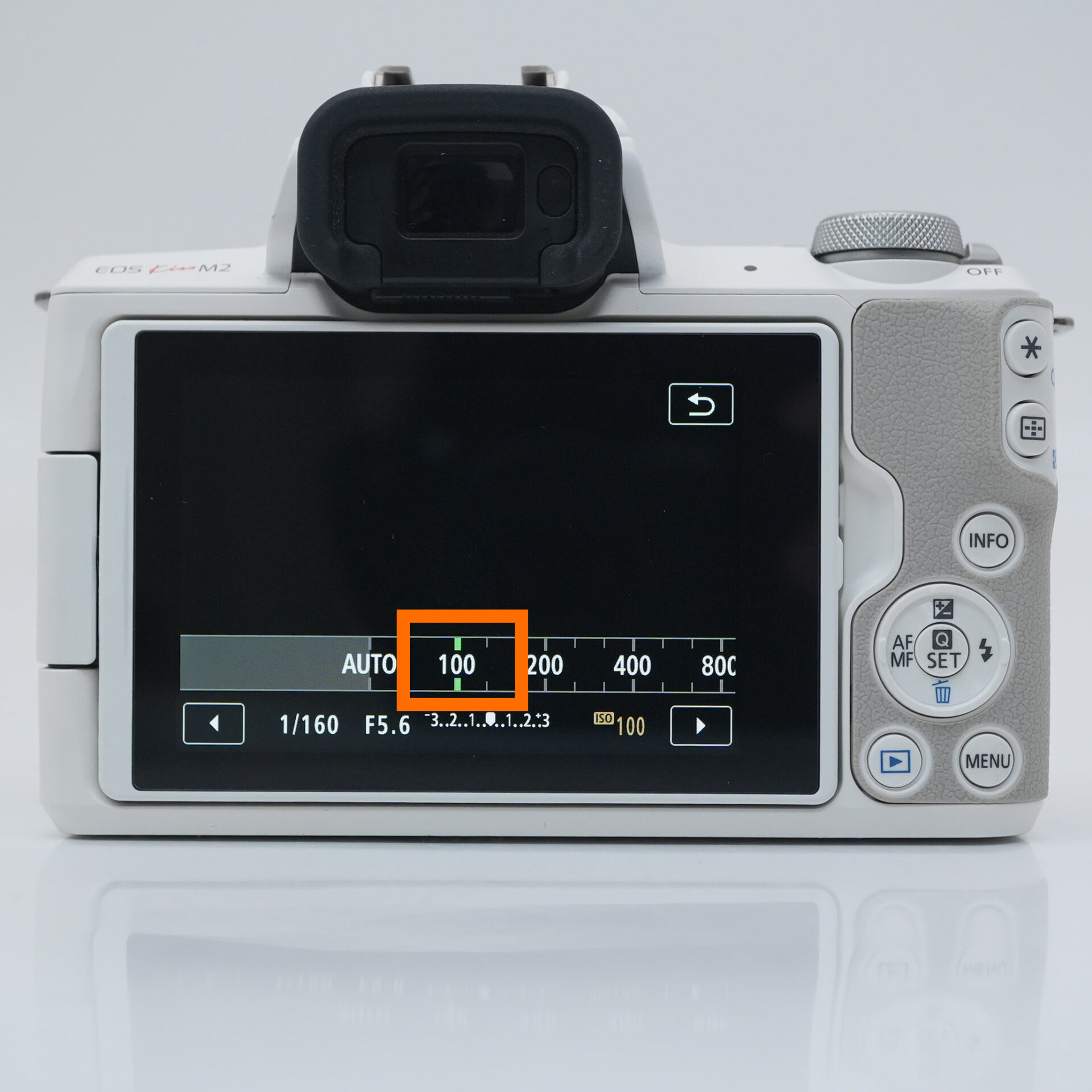 |
| Set iso to 100 |
Connect to your smartphone and take photos
All you have to do is press the shutter, but pressing the shutter button will cause the camera to shake, resulting in blurred photos.
However, if you connect it to a smartphone and press the shutter button, you can take photos without blurring.
If you don't have a smartphone, use the self-timer to take the photo.

If you don't have a smartphone, you can use a self-timer to prevent blurring by using a time lag.
STEP.1
 |
| Q→Drive mode→Select self-timer |
summary

Anyone can capture taillight trails as long as they know the basic settings.
Use M mode and be mindful of the balance between shutter speed, F-stop, and ISO, so be sure to give it a try.